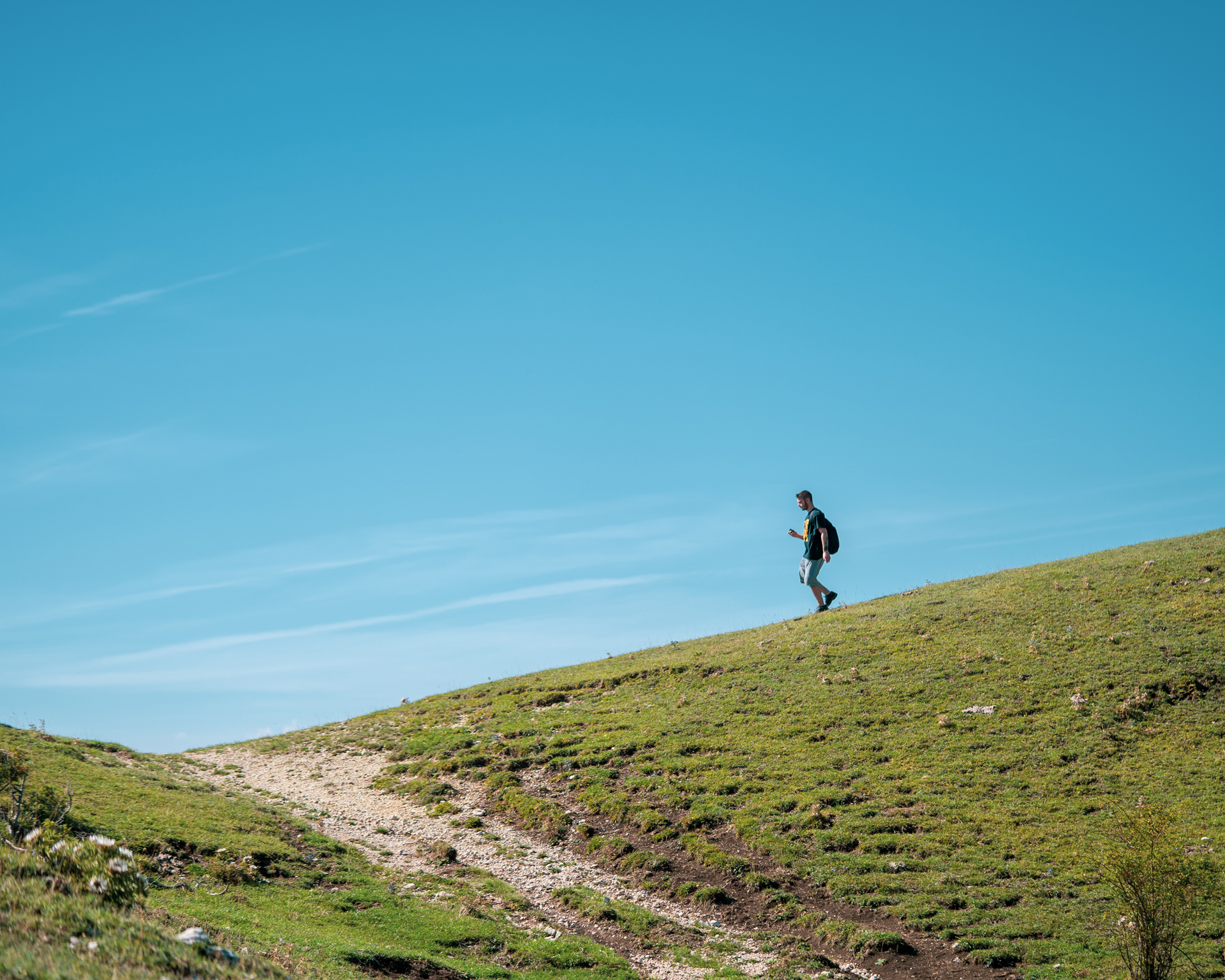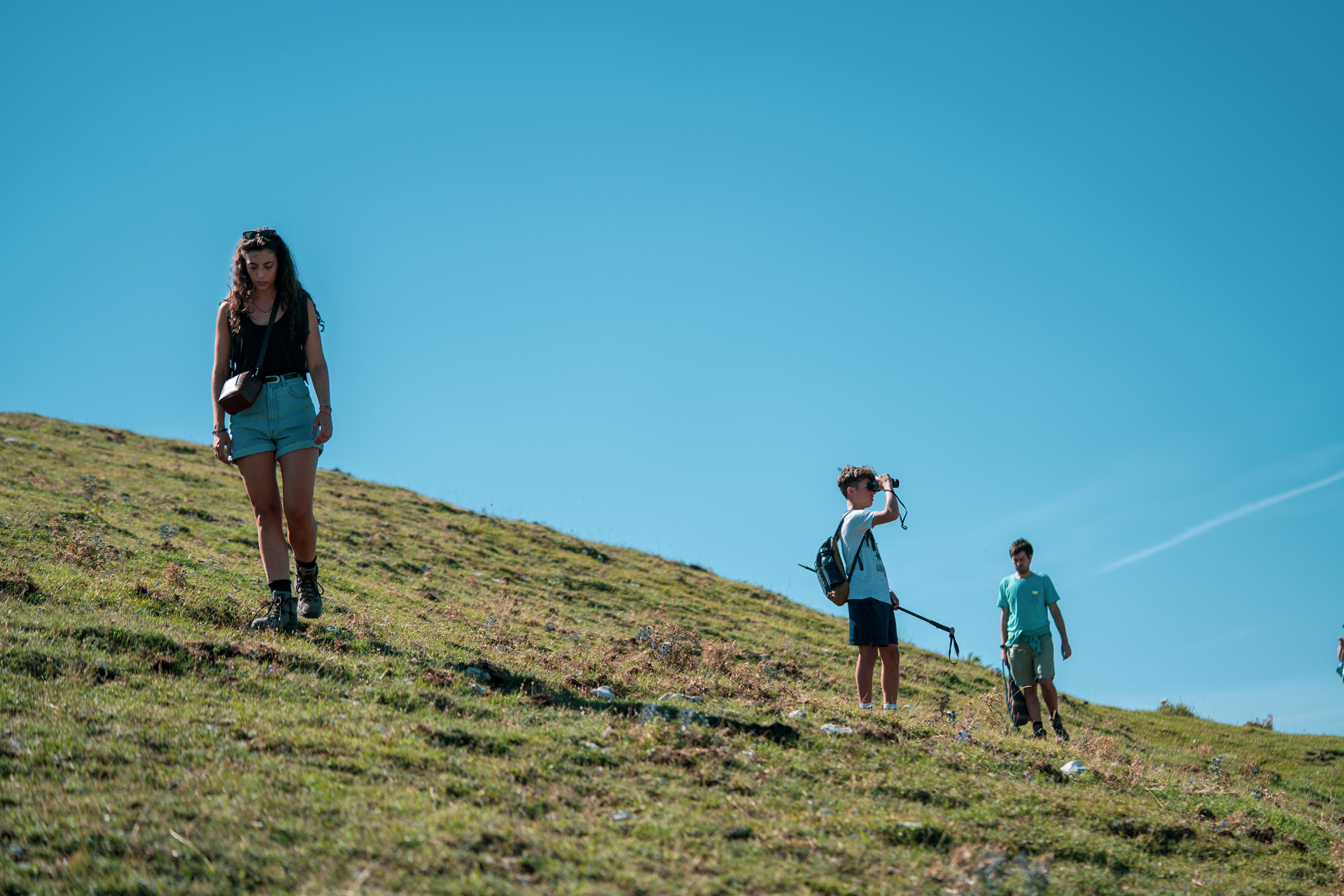On 12 and 19 September we continued our events in Umbria, in collaboration with the zoologist and wildlife photographer Riccardo Mattea, with two trekking on the border between Terni and Spoleto: the area of Fionchi mountain.

Starting from a height of about 800m above sea level, we walked a wide path slightly uphill, which allowed us to observe the surrounding environment dominated by a succession of cultivated fields and mixed forests of Black Pine, Holm Oak and Downy Oak. The slope is characterized by an outcrop of clay that allows small veins of water to rise to the surface and, consequently, create wetlands favorable to the survival of endemic species of Amphibians of our peninsula.

The impressive sights of this first section have allowed us to observe many species of Birds, including the Great Tit (Parus major) and the Common Buzzard (Buteo buteo), during one of his early morning flight.

After the first part of the hike, we stopped at the church of San Giovanni Battista, a small 15th century hermitage restored in 2008 and still today an important crossroads for pilgrims walking the Franciscan ways. Once refreshed, the journey continued towards the destination of the route: the summit of Fionchi mountain (1337m).

A few steps from the hermitage we were able to observe one of our target species: the Apennine Yellow-bellied Toad (Bombina variegata pachypus), one of the rarest and most endangered Amphibians in Italy. The observation of this species took place in an ethical manner and without the manipulation of the animal, thanks to the presence of our expert, who explained to all the participants the most important aspects related to the biology and conservation of the species.


Arrived at an altitude of 1000m, we stopped on one of the best panoramic points of the trek, from which it was possible to admire the flight of hundreds of Sand Martins (Riparia riparia) and Eurasian Crag Martins (Ptyonoprogne rupestris).

Arriving almost at the summit, in addition to the macro photography sessions, thanks to the many species of Arthropods encountered, we came across an old cow carcass whose death is uncertain, but which was certainly subsequently a source of food for wild animals such as birds of prey, Foxes and the Italian Wolf (Canis lupus italicus), of which we observed traces and characteristic signs of its presence near the dead animal.


Once on the top (after drinking the delicious water of the Persico spring), we enjoyed the spectacular view of the Valnerina, the promontory of the Martani mountains and the peaks of Solenne, Aspra and Coscerno, in the company of a couple of Ravens (Corvus corax).

During the descent of the circular route, in the hottest hours, we crossed a mixed forest environment. Finally, having reached the last point of interest, we stopped at the source “Pineta le Cese” in which, on both dates, among the many Italian Stream Frogs (Rana italica), we found a specimen with a particularly pale color. (READ MORE HERE!)


